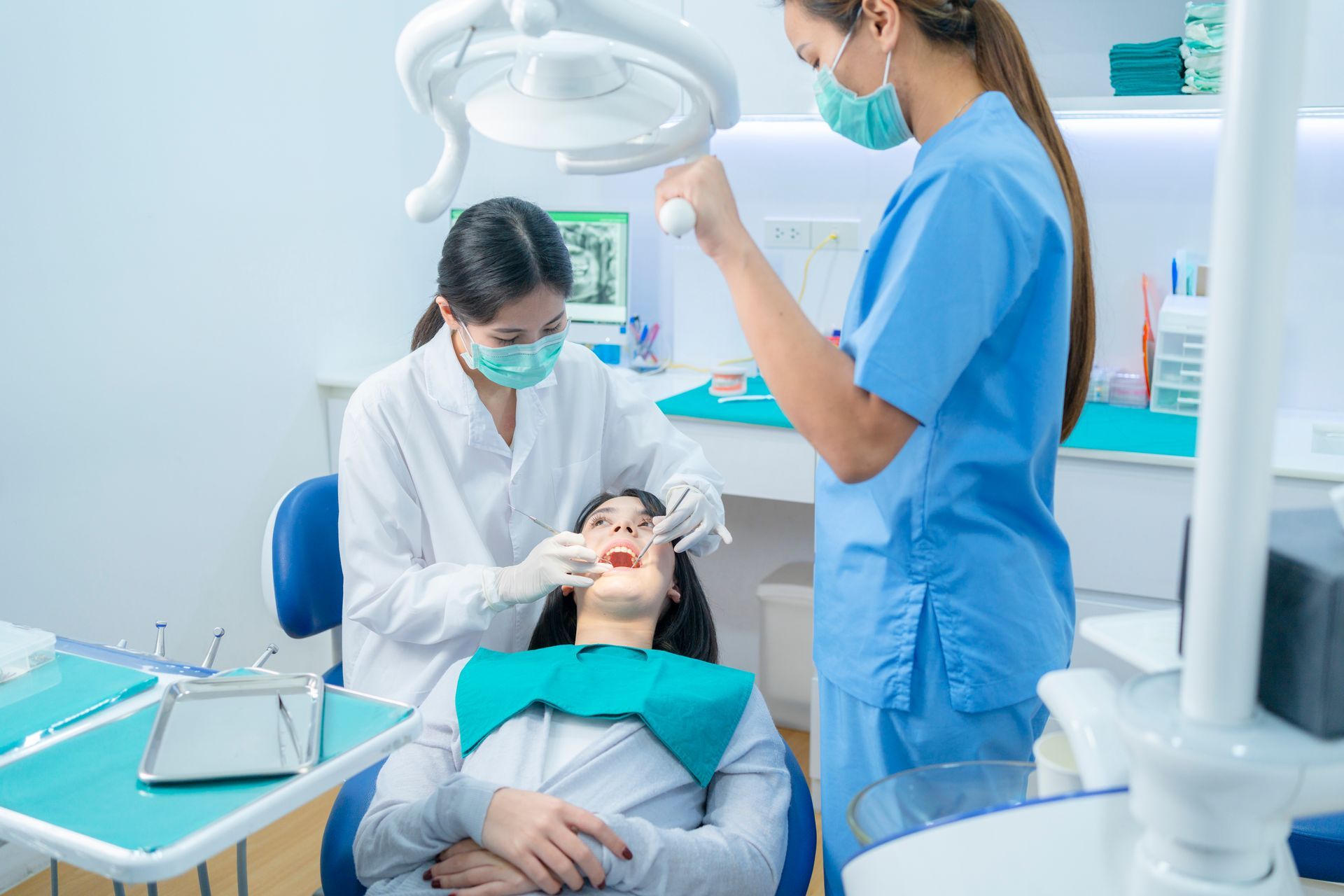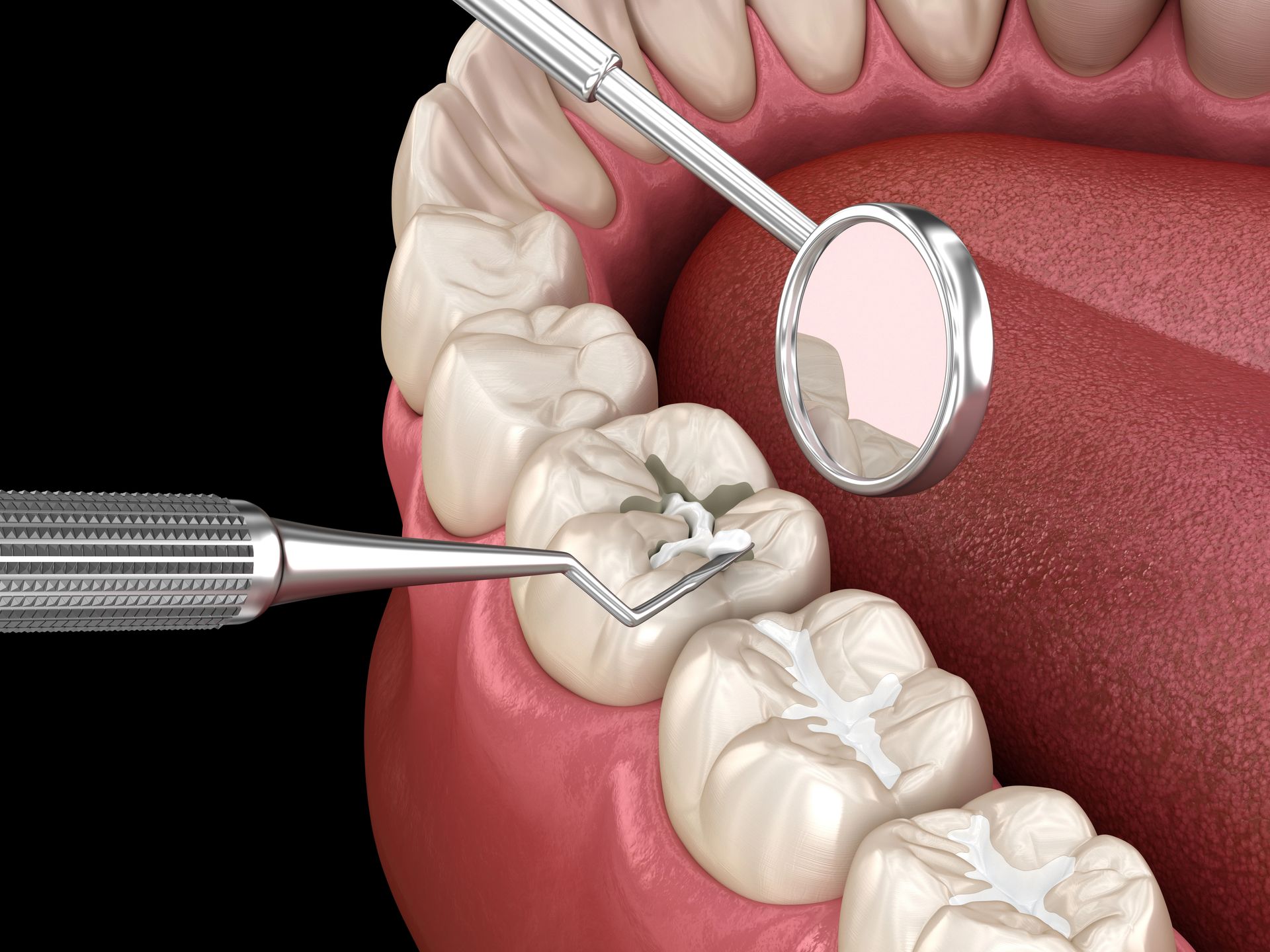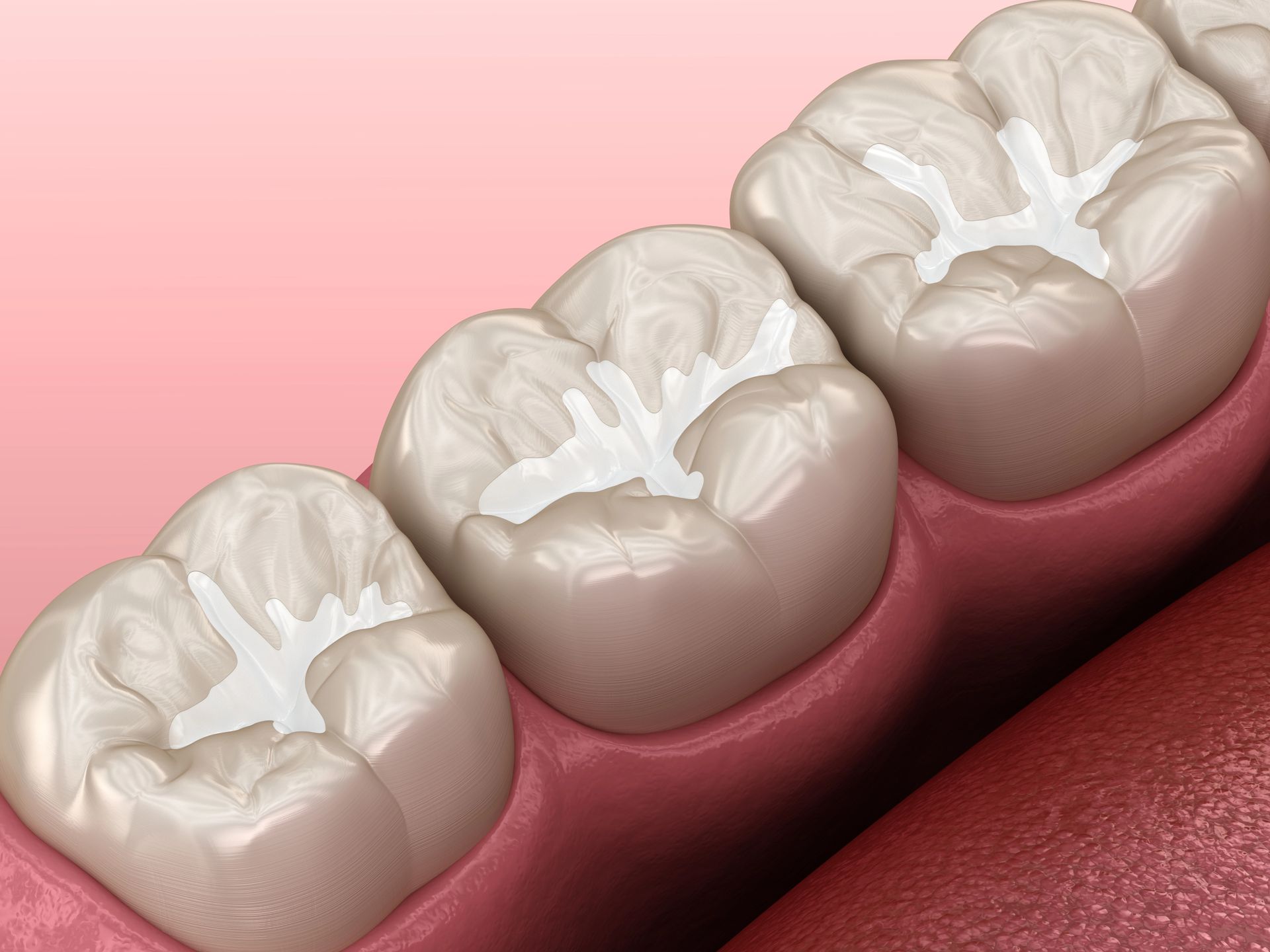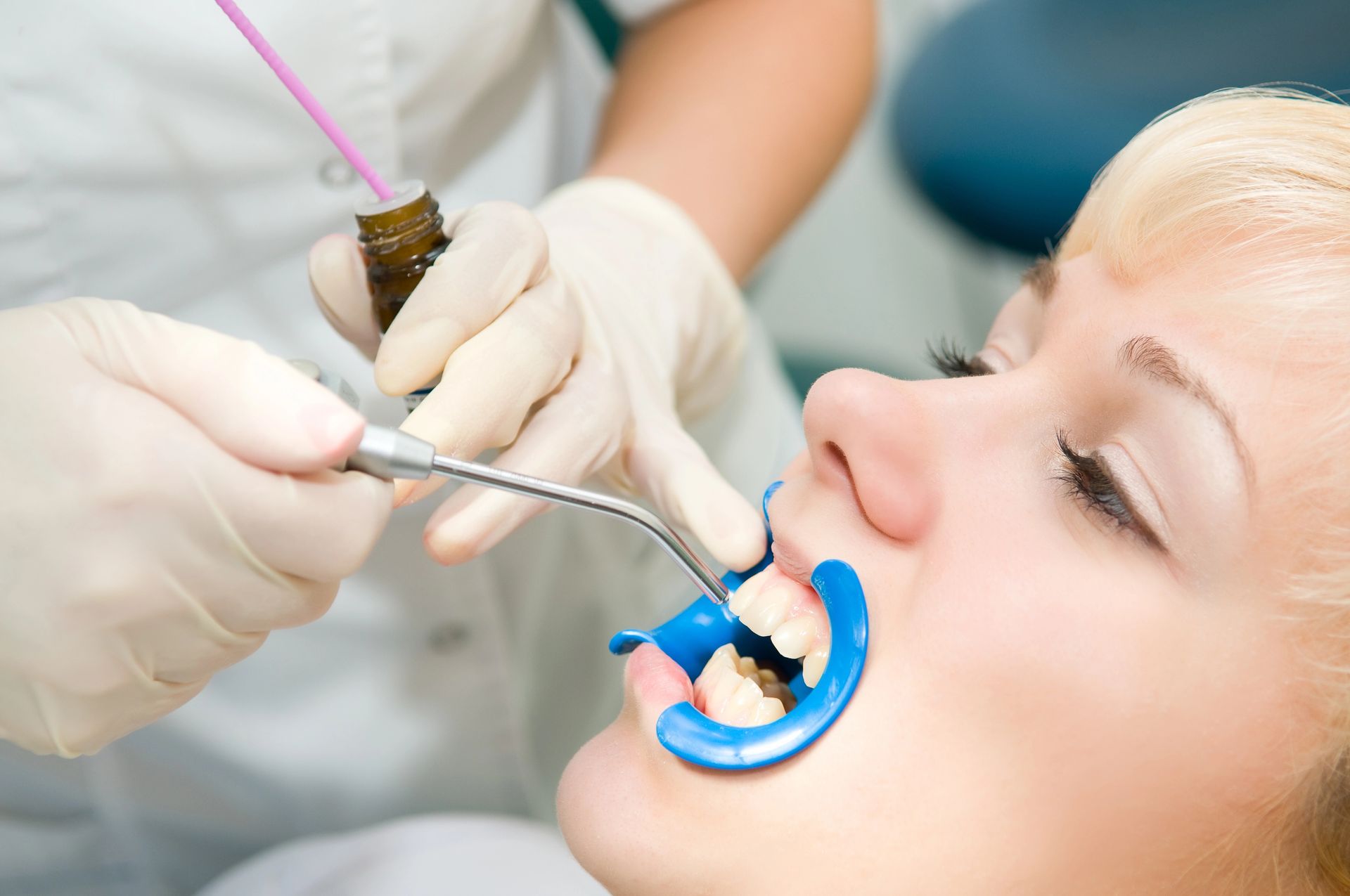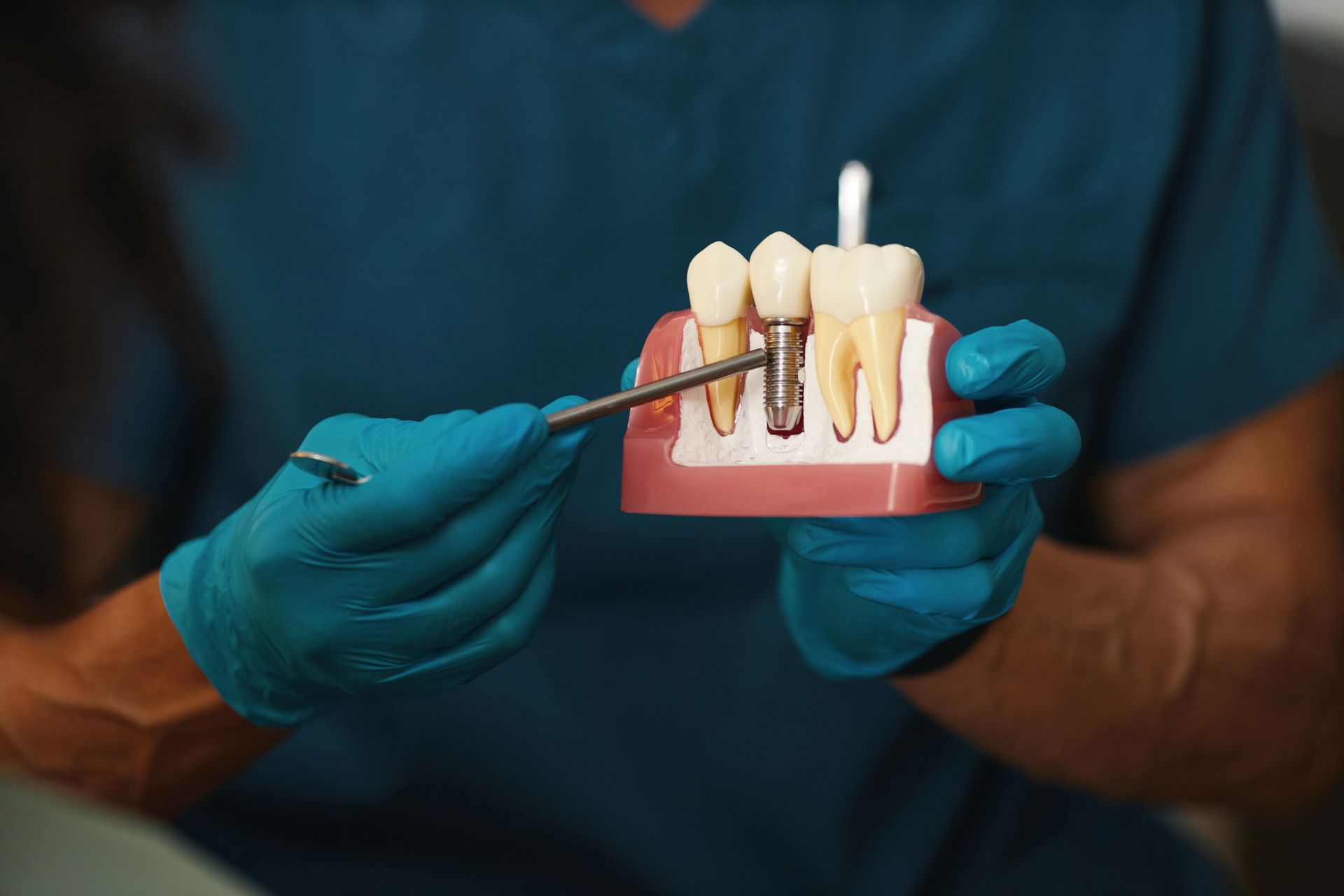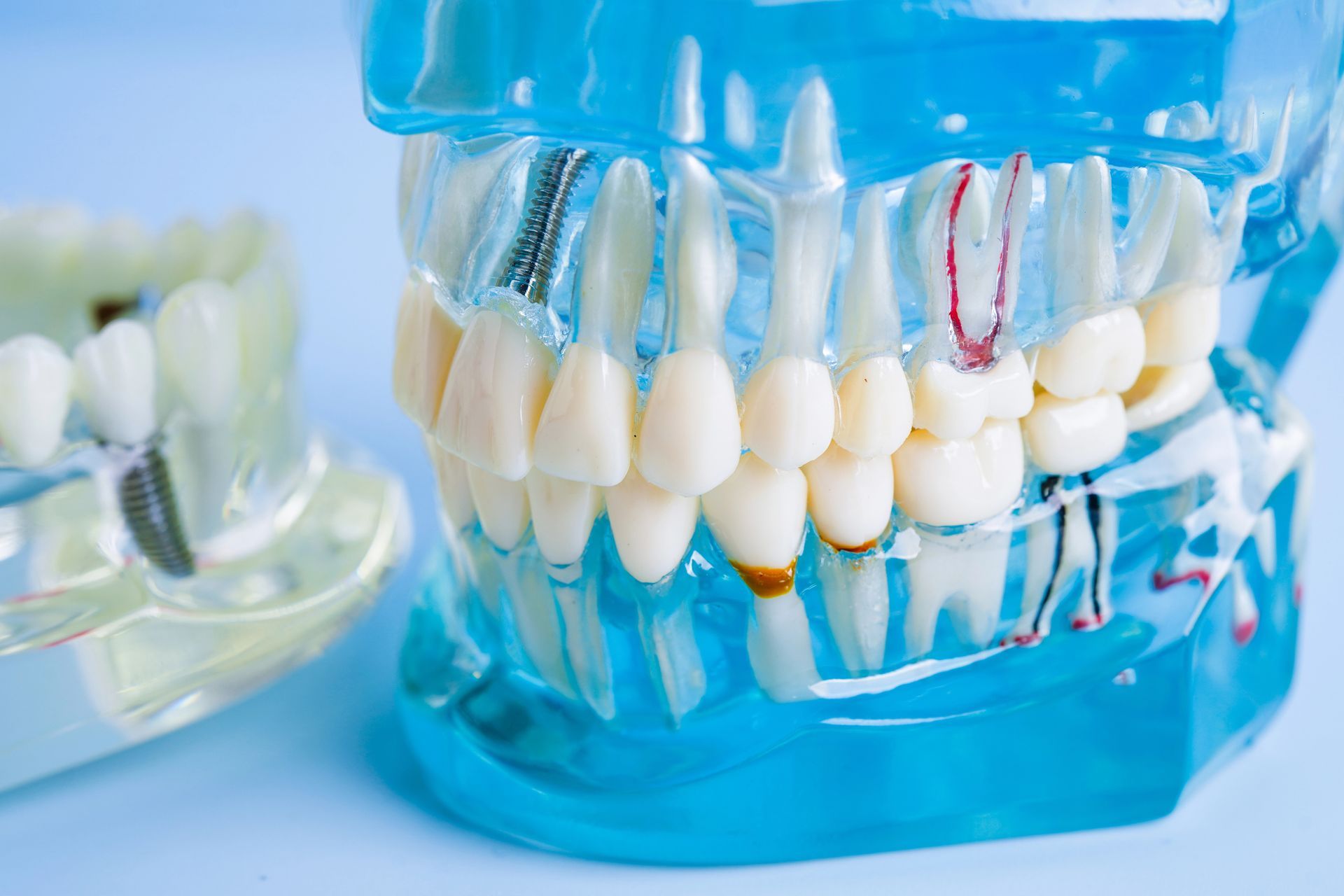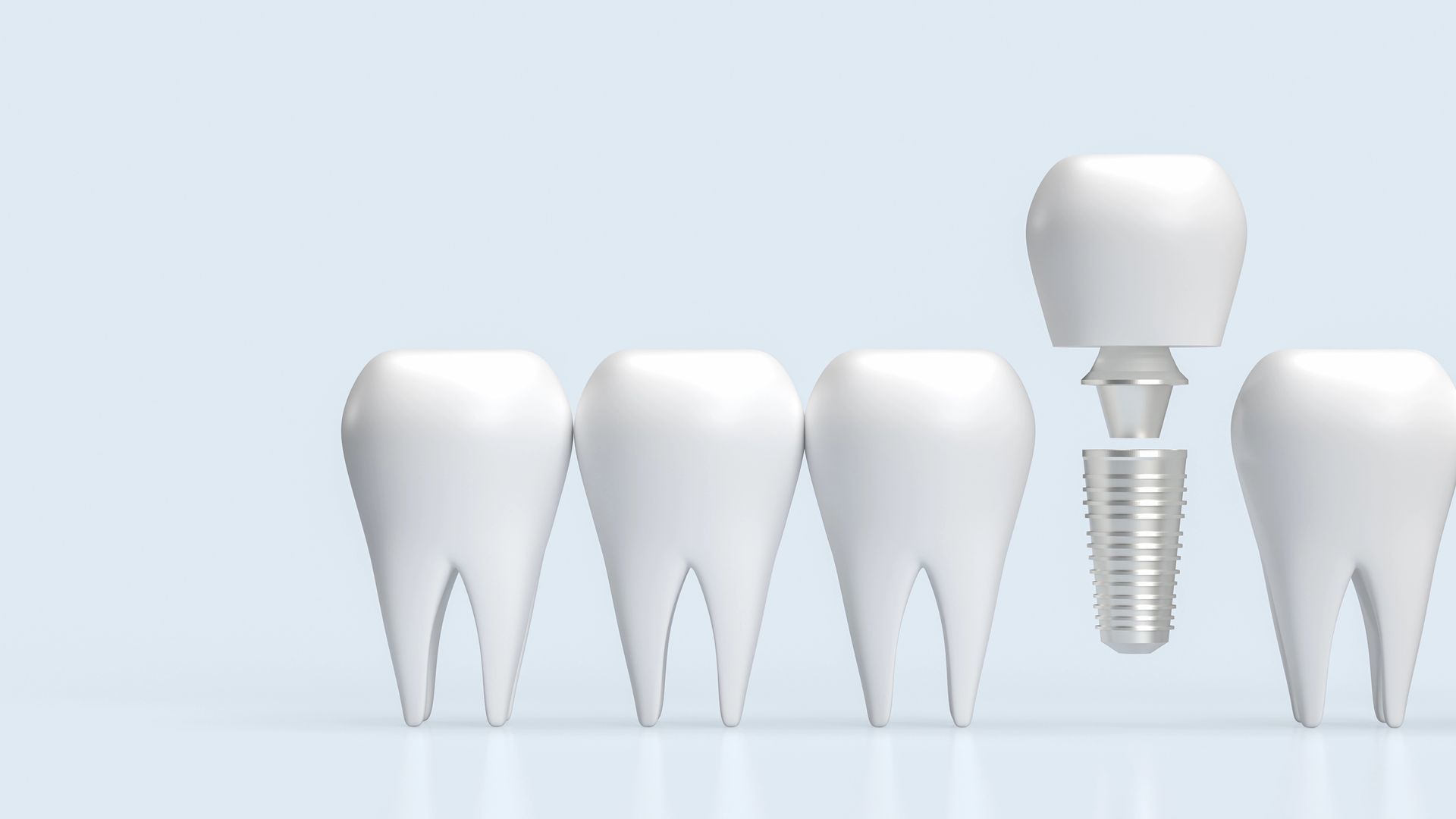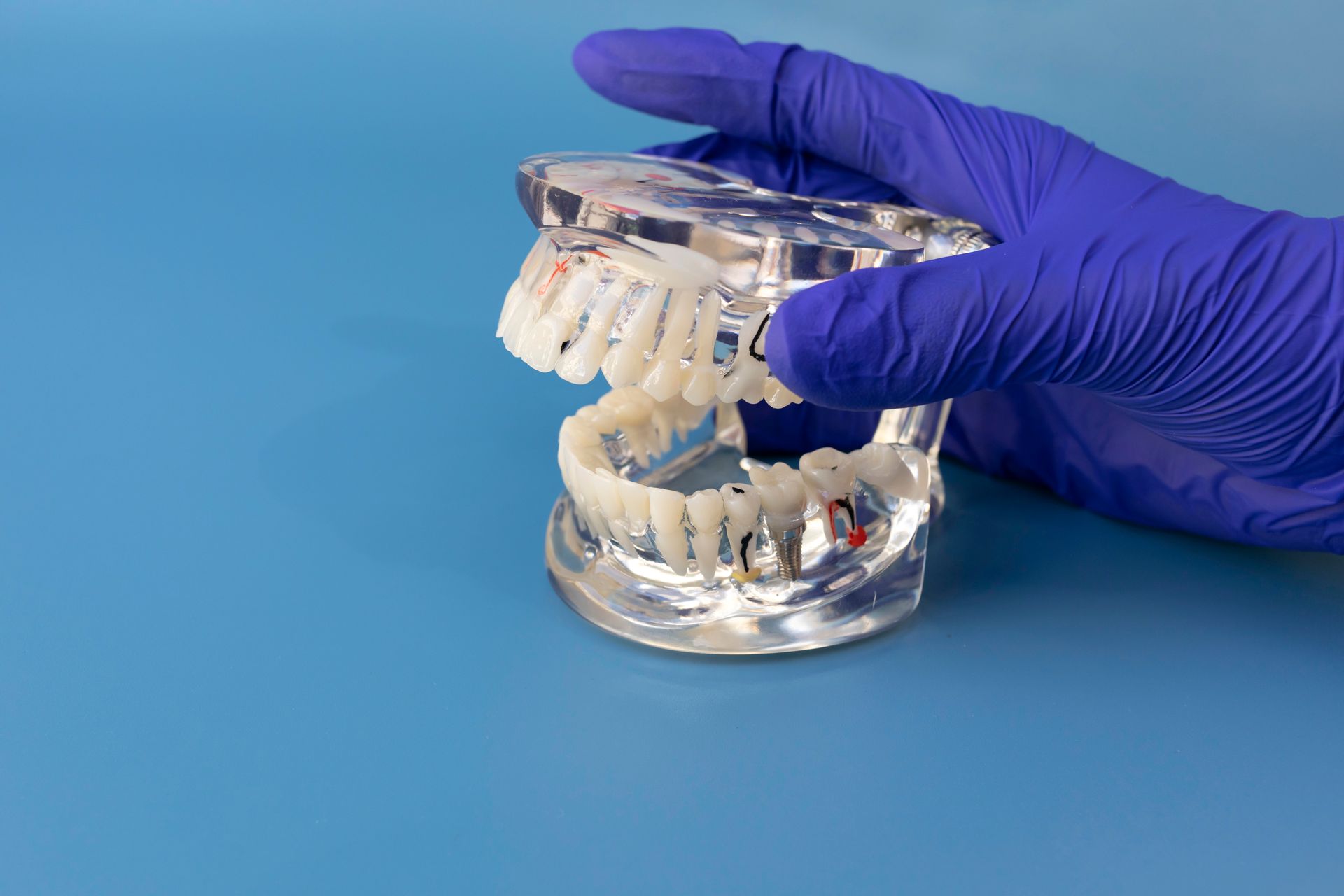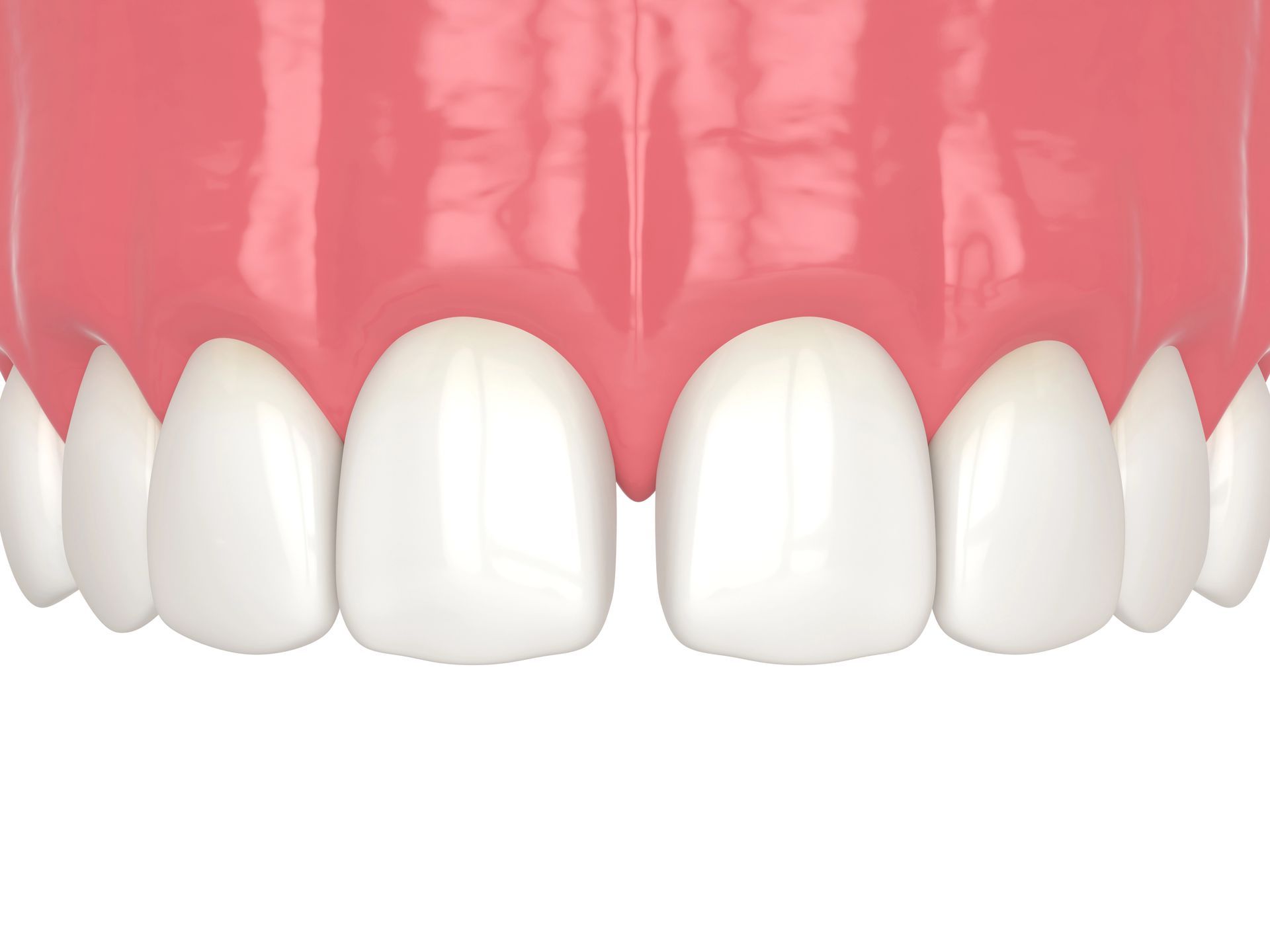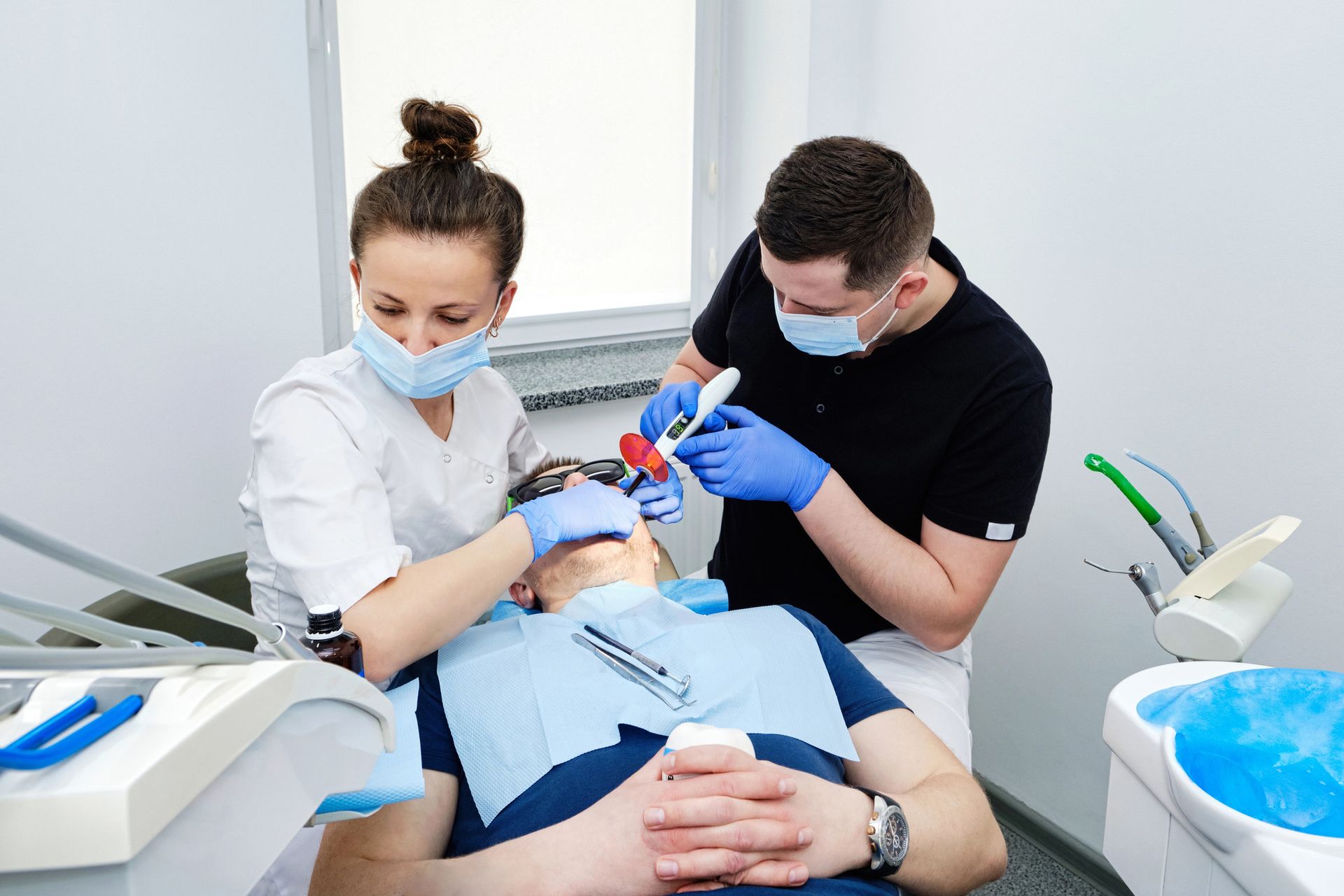Are you wondering how to manage pain after a tooth filling? Managing this discomfort generally involves allowing the mouth to heal and ensuring that the affected area remains clean. It's important to follow any general care guidelines provided by a healthcare professional to support recovery.
Pain After a Tooth Filling: Types of Dental Filling Materials
When addressing pain after a tooth filling, it's important to consider the different types of dental filling materials used. Each material has distinct characteristics and longevity, which can influence comfort levels post-procedure. Common materials include amalgam, which is durable and often used for filling back teeth; composite resins that match the color of your teeth and are preferred for visible areas; and gold fillings, known for their strength and resistance to wear.
Another popular choice is ceramic fillings, typically made of porcelain, which are both aesthetically pleasing and robust. For more detailed insights into cosmetic options, you might explore the Advantages of white tooth fillings, which blend naturally with the tooth structure and are favored for their visual appeal. Understanding these materials can help contextualize why different experiences of discomfort might occur after the procedure.
Advantages of Composite Resin Fillings
Managing pain after a tooth filling can be a concern for many, but the type of filling material used can play a significant role in post-procedure comfort. Composite resin fillings, often chosen for their aesthetic appeal, also offer benefits that may influence post-treatment sensitivity and discomfort. Unlike amalgam fillings, composite resins require less removal of the tooth structure, which can result in less pain after the procedure. Additionally, the material bonds directly to the tooth, providing support to its structural integrity and potentially reducing the incidence of cracks or fractures that can lead to discomfort.
Furthermore, composite resin fillings are known for their thermal insulation properties, which means they are less likely to transmit extreme temperatures from hot or cold foods and beverages to the sensitive nerves inside your teeth. This characteristic can be particularly beneficial in managing pain after a tooth filling, as it minimizes one of the common triggers for dental discomfort. For those considering their options for dental fillings, exploring Reliable Tooth Fillings in Columbia might provide further insights into why composite resin could be an advantageous choice.
Durability of Gold Fillings
Gold fillings are known for their durability, often lasting longer than other types of dental fillings. This longevity can be a significant factor when considering how to manage pain after a tooth filling, as more durable materials may reduce the frequency of dental repairs and associated discomforts. Gold's resilience against wear and corrosion contributes to its longstanding use in dental practices, maintaining its role in dental restoration efforts.
Ceramic Fillings: Aesthetic and Functional
Ceramic fillings are renowned for their durability and the seamless way they blend with the natural color of teeth, making them a popular choice for those looking to manage pain after a tooth filling while also considering the visual impact on their smile. These fillings are made from advanced ceramic compounds that are both functional and aesthetic, providing a solution that supports oral health without compromising on appearance. For more detailed information, consider consulting with a professional like those at Design Dentistry Columbia, your trusted Columbia Dentist.
Cost Comparison of Filling Materials
When considering dental fillings, various materials are available, each with its own cost implications. The price of filling materials can vary widely depending on factors such as the material's durability, aesthetic qualities, and the complexity of the procedure involved. Common materials used include amalgam, which is often less expensive but more visible, and composite resins, which are typically costlier but offer a more natural appearance. Additionally, materials like gold and ceramic represent higher-end options, generally reflecting a higher price point. Understanding these cost differences is crucial for individuals evaluating their choices for dental fillings.
Silver Amalgam Fillings: Pros and Cons
Silver amalgam fillings, a traditional choice for dental restorations, offer both advantages and disadvantages when managing pain after a tooth filling. One of the main benefits is their durability and strength, making them suitable for restoring molars that endure heavy chewing forces. However, patients might experience temporary sensitivity or discomfort, which is a common type of pain after a tooth filling. On the downside, silver amalgam fillings are more noticeable than composite fillings due to their metallic color and contain mercury, which can raise health concerns despite being deemed safe by major health organizations when used in fillings. Choosing the right type of filling with your dentist can significantly impact your comfort and the long-term health of your tooth.
Glass Ionomer Fillings for Children
Glass ionomer fillings are a popular choice for managing pain after a tooth filling, especially in pediatric dentistry. These fillings are made from a blend of acrylic acids and fine glass powders, which release fluoride over time to help strengthen the surrounding tooth structure and prevent further decay. For children, who may find it difficult to manage pain after a tooth filling, glass ionomer fillings offer a dual benefit. Not only do they support the long-term health of young teeth, but they also tend to cause less discomfort during and after the procedure compared to other types of fillings. This makes them an ideal option for younger patients who need dental restorations.
How to Choose the Right Filling
Choosing the right filling is crucial not only for the longevity of your dental work but also for managing pain after a tooth filling. Different materials, such as amalgam, composite, porcelain, or gold, have varying durability and compatibility with your teeth. Discuss with your dentist the best option based on your dental history, the location of the cavity, and any allergies you might have. Opting for a material that suits your body's response can significantly reduce discomfort and ensure a smoother recovery post-procedure.
Maintenance Tips for Dental Fillings
Managing pain after a tooth filling is crucial, but equally important is maintaining the health of your dental fillings to prevent further discomfort. Regular check-ups with your dentist are essential to ensure the fillings remain in good condition and function properly. Additionally, practicing good oral hygiene by brushing twice a day with fluoride toothpaste, using floss or an interdental cleaner daily, and avoiding hard or sticky foods can help preserve your fillings and minimize pain after a tooth filling. Remember, well-maintained dental fillings can prevent future decay and reduce the likelihood of needing additional dental work.
Conclusion
For further inquiries about managing pain after a tooth filling, please call us at 803-573-4577 or read our reviews on Google Maps.

